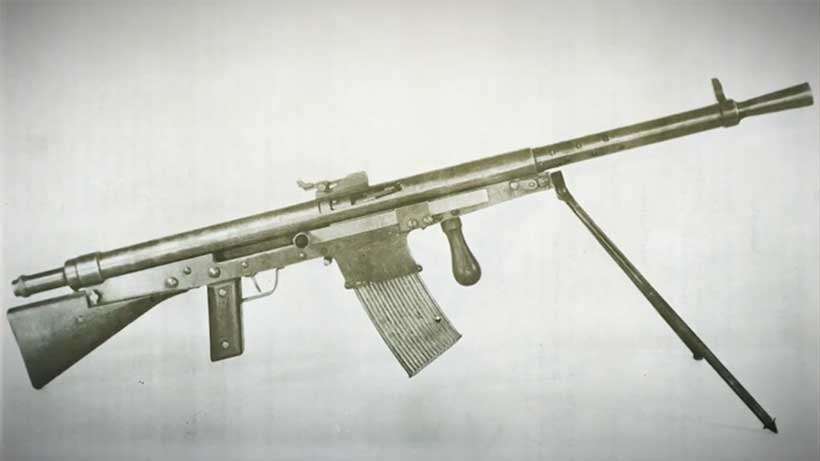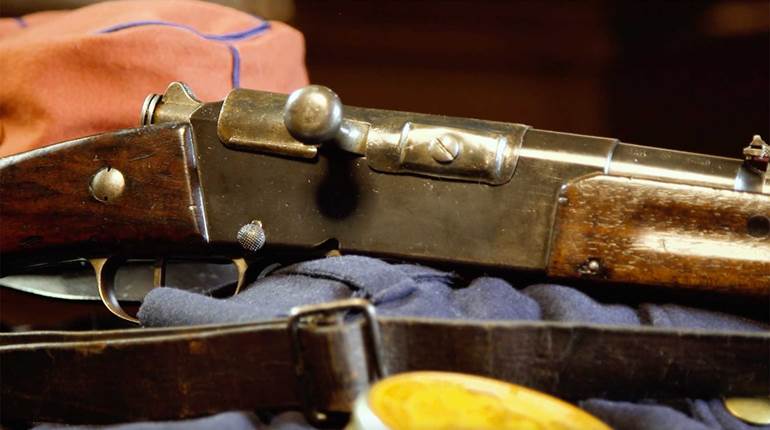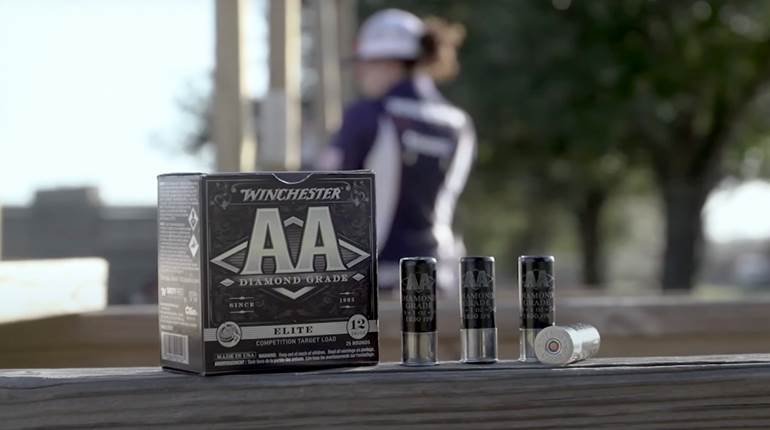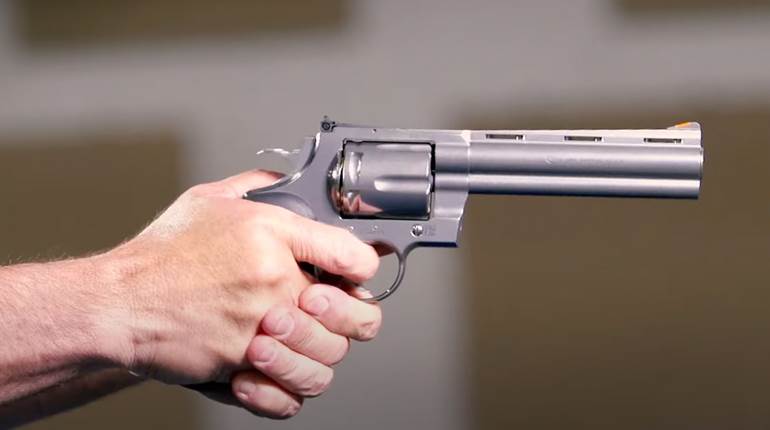At the onset of the World War I, the machine gun in standard use for most all European armies was a stationary weapon platform limited in mobility due to weight, size and the need for a crew to operate. It was apparent that advancing infantry units would benefit from increased firepower from more portable light machine guns. Several countries were already prototyping and experimenting with designs for a man-portable platform.
France began just such an endeavor a decade prior to the outbreak of war with a viable design, the Chauchat-Sutter machine rifle. In 1915, the design was adopted by the French army as the Machine Rifle Model 1915 CSRG, the acronym standing for the principle influencers: Chauchat, Sutter, Ribeyrolles and the manufacturer Gladiator. Today, it is most commonly known by the name Chauchat, the last name of the leader of the design project, Col. Louis Chauchat.
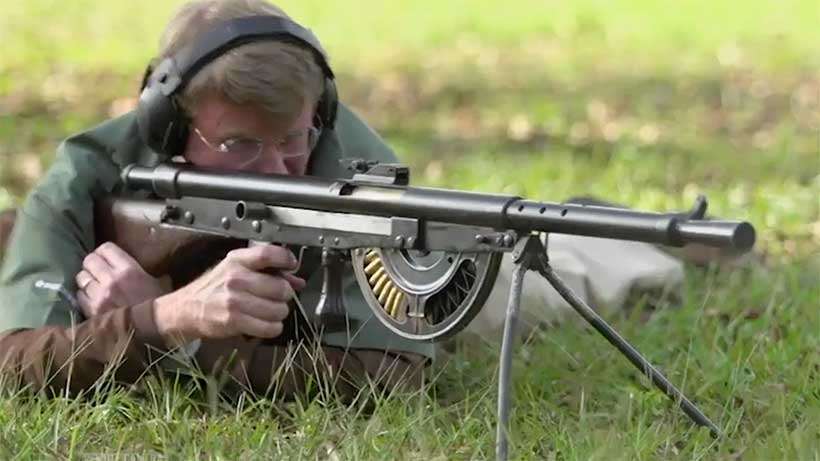
The Chauchat is a man-portable automatic rifle, and one of the world’s earliest fielded light machine guns. It uses an adaptation of the Browning style long-recoil operating system and is chambered for what was the standard cartridge used by the French at the time, 8x50 mm Lebel. It has a low rate of fire of 240-rpm, which helps with controllability. The action is fed by a curved detachable single-stack magazine attached at the bottom of the receiver. It weighs in at 20 lbs., lighter than the 50-lbs. weight of standard crew-served machine guns of the time.
It could be carried and used by a single man without the need for a crew. It can also be shot while using the attached folding bipod or from the hip. In this way, the Chauchat could move with the advancing infantry and be used for “walking fire,’ where the user would provide suppressing bursts while on the move, a big advantage for a maneuvering force. At the time and with the technology available, the Chauchat was reasonably reliable light machine gun in good conditions.
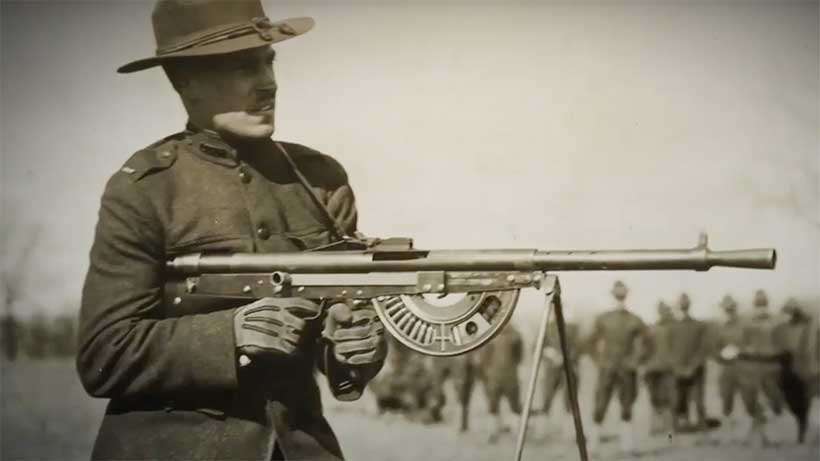
The Chauchat was used extensively by the French from its adoption to the end of WWI. It was also used by the American Expeditionary Force, as the United States had not adopted a standard light machine gun yet in 1917. The United States purchased French made CSRG 1915s, first used by the U.S. 1st Infantry Division in October 1917. Eventually, 18 United States Army Divisions would use the Chauchat before the end of the war in November 1918. It was the most-produced light machinegun of the war.
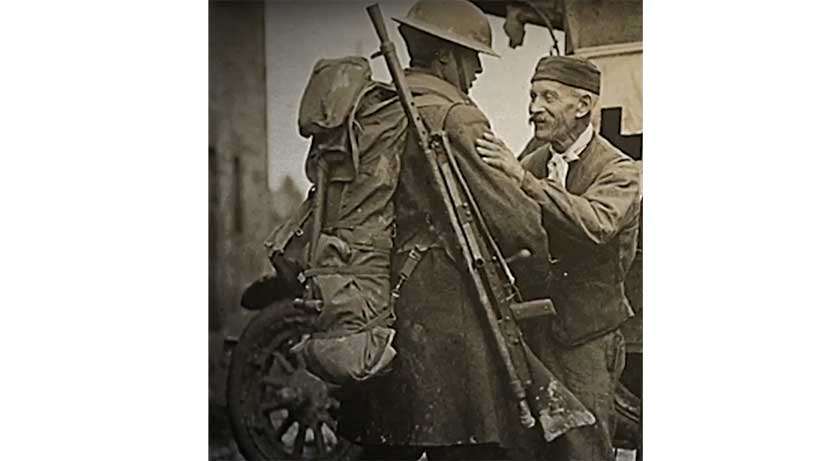
Yet the Chauchat received a bad reputation in popular memory for poor reliability. This is partially due to the conditions of the trench warfare battlefront it was used in along with its construction. The trenches of the First World War were full of mud and grit, which found their way into every opening. The magazines of the Chauchat typically had open areas on the side of the magazine to allow the user to see the remaining capacity. These openings allowed mud and grit in and caused the magazines to gum-up, resulting in failures to feed.
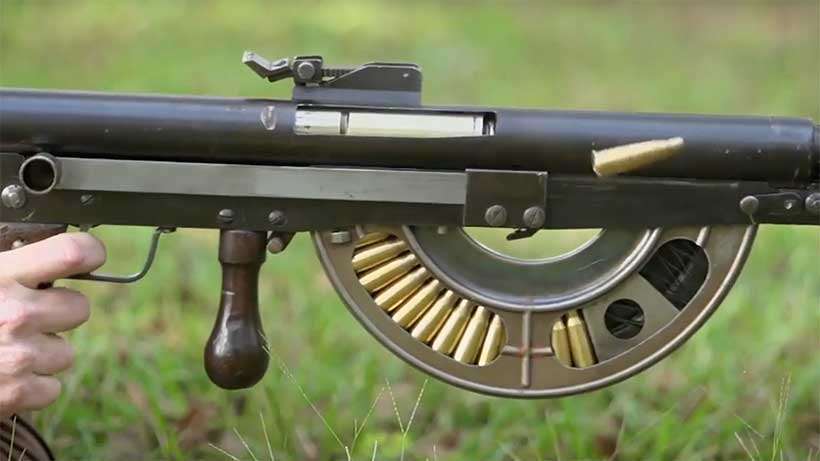
Another issue was the construction of some of the parts using stampings, which was relatively unusual to find in military firearms at the time. The stamped parts could be more easily damaged with use and were distorted by the heat generated by sustained fire in combat. The barrel sleeve that the barrel recoiled in could also be distorted by the heat of sustained fire, causing stoppages. The Chauchat works fine with short bursts, just not in sustained fire.
The controversy over the Chauchat’s reliability also grew largely from the attempt to produce a .30-06 Sprg. version for United States use. The .30-06 Sprg. version was not made to the same design or build quality as the CSRG 1915 in 8x50 mm Lebel. As a result, the new version did not have the reliability or performance of the original, and United States forces ended up using the CSRG 1915 instead despite the logistic issue of different cartridges. The controversy stuck however, and the Chauchat was remembered as a failure, when in fact it was a reasonably good and widely relied on light machine gun. Watch the American Rifleman "I Have This Old Gun" video linked above to learn more about the CSRG 1915 Chauchat.
